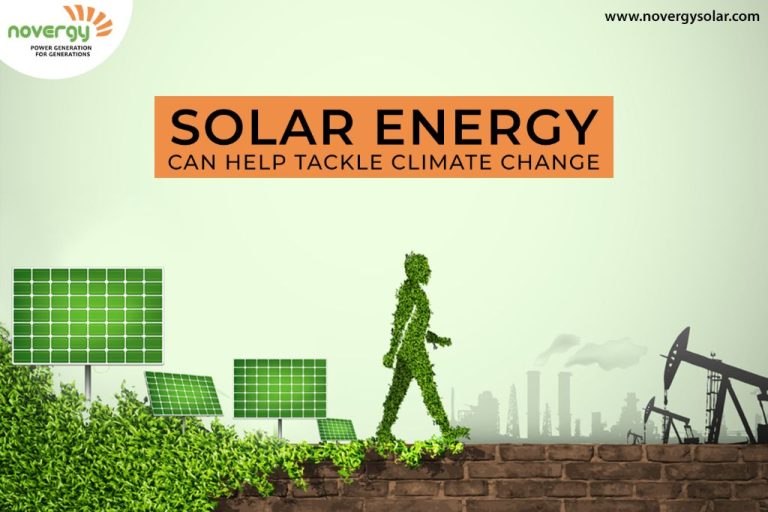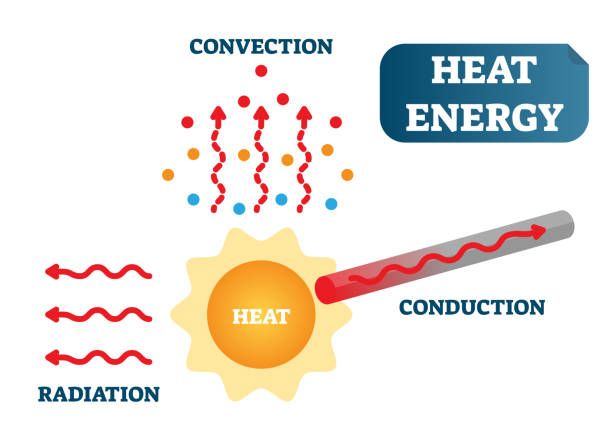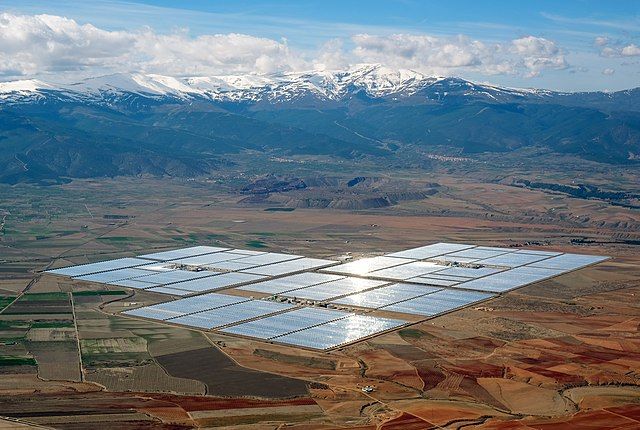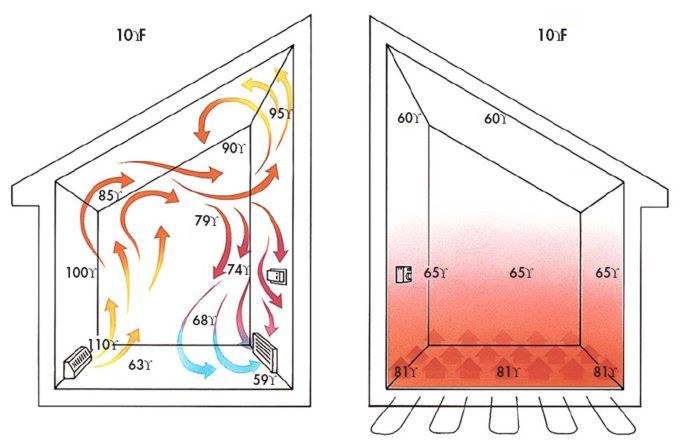Where Does Tesla Get Its Electricity From?
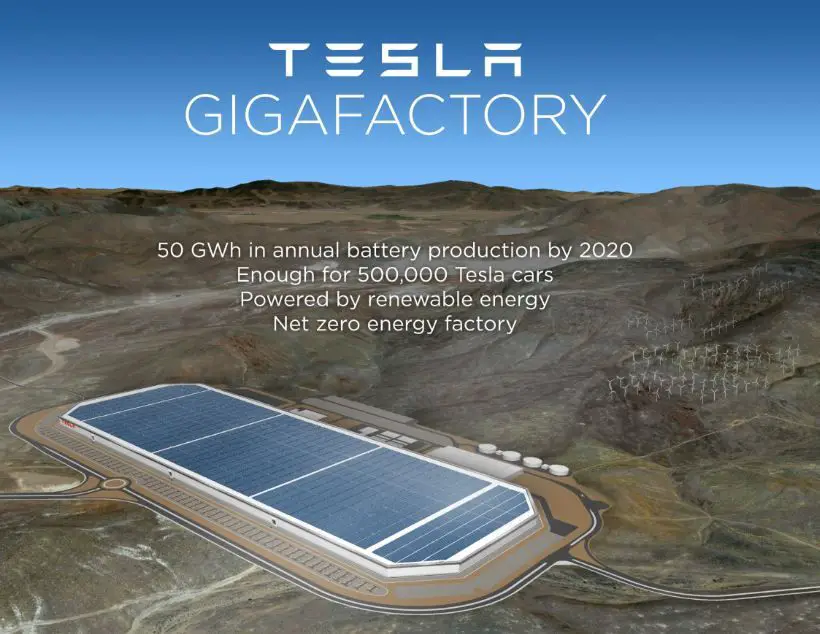
Tesla is a leading electric vehicle manufacturer that produces battery electric cars and energy storage products. As an all-electric automaker, Tesla requires substantial amounts of electricity to power its operations and charge its vehicles.
Tesla’s electricity needs span from manufacturing facilities to Supercharger stations to corporate offices and showrooms. Overall, Tesla aims to maximize its use of renewable energy as it continues expanding production and deliveries globally.
Tesla’s Electricity Consumption
Tesla’s operations require significant amounts of electricity. According to the company’s 2021 Impact Report, Tesla’s global energy consumption was 10,621,000 megawatt hours (MWh) in 2021, a 31% increase from 2020[1]. This electricity is used across Tesla’s whole value chain including manufacturing facilities, Charging infrastructure, corporate offices, and retail locations.
Tesla’s Gigafactory manufacturing facilities are major users of electricity. For example, Giga Berlin is expected to require up to 1 terawatt hour (TWh) of electricity per year when fully operational[2]. The Gigafactory in Nevada, which makes batteries and drive units, used 2.84 TWh of electricity in 2021.
Tesla’s network of over 40,000 Superchargers and Destination Chargers globally also consume large amounts of electricity to quickly charge Tesla vehicles on the road. Tesla estimated the Supercharger network used 2 TWh of electricity in 2021.
Additionally, electricity powers Tesla’s corporate offices, R&D centers, retail locations and other facilities. In total, Tesla’s operations used over 10 TWh of electricity in 2021 as the company continued expanding.
[1] https://www.tesla.com/ns_videos/2021-tesla-impact-report.pdf
[2] https://www.capitalone.com/cars/learn/finding-the-right-car/what-you-need-to-know-about-teslas-gigafactories/1810
Electricity Sources for Manufacturing
The Gigafactory 1 in Nevada, Tesla’s first gigafactory, was designed to be powered 100% by renewable energy sources according to this article. The factory has a 70 MW solar array installed on its roof, providing most of the energy needed for manufacturing operations. Additionally, Tesla partnered with a local energy provider to supply the factory with electricity from a nearby geothermal power plant.
For the upcoming Gigafactory in New York, Tesla plans to fully power operations with renewable energy as well according to this article. The factory will likely use a combination of on-site solar generation along with supply agreements for renewable energy from local providers. A similar strategy is expected for the recently announced gigafactory in California.
Overall, Tesla aims to power all gigafactory operations with 100% renewable electricity through a mix of on-site solar, wind, geothermal as well as partnerships with energy providers to supply additional renewable power.
Supercharger Electricity Sources
Tesla operates over 50,000 Supercharger stations globally, making up the largest fast charging network in the world (Tesla). Supercharger stations provide DC fast charging for Tesla vehicles, enabling drivers to add hundreds of miles of range in just 30 minutes of charging time. Tesla strategically locates Superchargers along major routes and near convenient amenities to maximize usability and access for drivers.
Most Supercharger electricity comes from renewable sources. In 2021, Tesla reported that over 99% of Supercharger electricity worldwide comes from solar, hydro, wind or other renewable energy sources (Fool). This transition to renewables helps Tesla work towards its sustainability goals and reduce the carbon footprint of electric vehicle ownership. Tesla has invested heavily in on-site solar and battery storage systems to power many Supercharger locations. The company also purchases renewable energy credits and engages in power purchase agreements for green power with utilities.
Solar and Storage for Charging Stations
Tesla makes extensive use of solar power and batteries to run many of its Supercharger stations. According to Energy5, Tesla charging stations can be powered by solar energy and incorporate Tesla Powerpack batteries for storage (1). This allows the stations to operate off the grid and lower costs.
The solar capacity at each station varies based on location and electricity needs. According to Energysage, a typical Supercharger station may have around 500 kW of solar capacity, which is enough to provide full charging services during peak sunlight hours (3). Tesla also supplements solar with Powerpack batteries that store excess energy for use at night or on cloudy days.
In addition to solar and batteries, some Supercharger stations have backup diesel generators. However, Tesla aims to transition fully to renewable power sources over time (1). The solar and battery combination allows many stations to operate 100% on renewable energy.
Overall, Tesla’s use of solar, storage, and microgrids enables more sustainable EV charging while reducing grid demand and electricity costs.
Sources:
(1) https://energy5.com/are-tesla-charging-stations-solar-powered
Corporate Offices and Electricity
Tesla’s main headquarters and corporate office is located in Austin, Texas after moving from Palo Alto, California in 2021 1. The company’s main office building in Austin is a large facility that likely consumes significant amounts of electricity to power operations, equipment, and facilities.
However, Tesla has invested heavily in on-site solar and battery storage to help power their corporate headquarters 2. The Austin Gigafactory has a massive 70 megawatt solar array that helps offset electricity demand. Tesla also uses Powerpack batteries to store solar energy and power the facilities 24/7. The company is focused on powering their operations with renewable energy as much as possible.
In addition to Austin, Tesla has corporate offices and facilities around the world including Fremont, California; Buffalo, New York; Sparks, Nevada and many more. The company is expanding rapidly, but remains committed to powering all their facilities with sustainable solar and battery systems over time.
Renewable Energy Investments
Tesla has made major investments in renewable energy such as wind, solar, and geothermal to power its operations. According to a May 2023 report, Tesla has invested over $6 billion in battery and solar projects globally. The company is building solar panel and lithium-ion battery factories to enable a transition to sustainable energy.
Some of Tesla’s major renewable energy investments include large-scale solar projects and wind farms. In 2019, Tesla invested in a solar farm near its Nevada Gigafactory that will generate up to 150 megawatts of solar energy, providing power for its battery production. Tesla also owns a wind farm in Texas that generates over 250 megawatts of energy.
According to a 2023 report, Tesla believes the world needs to invest over $400 billion in solar and $2 trillion in batteries to enable a sustainable energy future. The company is aiming to accelerate the world’s transition to renewable energy through its projects and investments.
Electricity Mix Comparisons
When comparing Tesla’s electricity sources to traditional automakers, Tesla uses a significantly higher percentage of renewable energy. Tesla’s Gigafactory in Nevada, where lithium-ion batteries are manufactured, sources over 70% of its electricity from renewables, mainly solar and hydro power. Tesla also invests heavily in solar and battery storage to power its Supercharger stations. In comparison, traditional automakers rely almost entirely on the overall energy mix of the local grid, which in the US is only around 20% renewable energy on average.
When looking at the full lifecycle emissions from manufacturing to driving, electric vehicles like Teslas charged from renewable energy produce far fewer emissions than gas-powered cars. For example, a Tesla Model 3 charged from solar energy can have over 4 times lower lifetime emissions than an average new gasoline car. As Tesla continues to expand renewable energy at its facilities and charging stations, its products are among the greenest options for eco-conscious consumers.
Future Expansion Plans
In Tesla’s Master Plan Part 3, the company outlined ambitious goals for expanding renewable energy generation and storage capacity. Tesla plans to enable 12 terawatt-hours per year of stationary battery storage and expand solar generation capacity to 3 terawatts. This will require massive investments in new solar and battery projects.
Tesla Energy has been aggressively bidding on utility contracts to supply solar power and battery storage. In 2022, Tesla secured a contract with PG&E to supply 770 megawatts of battery storage, which will be the largest battery storage system in the world when completed. Tesla also won a bid with Southern California Edison for a solar+storage project that will provide 760 megawatts of solar power and 1,520 megawatt-hours of battery storage.
Additionally, Tesla continues to grow its solar roof and Powerwall business for residential consumers. The solar roof provides both electricity generation and a durable roofing material. Tesla aims to eventually install solar roofs on 100,000 homes per year. The Powerwall home battery enables storing solar energy for nighttime use. With widened adoption of both products, Tesla can significantly increase renewable energy capacity.
Summary
In summary, Tesla utilizes a diverse mix of electricity sources for its operations. The company’s massive manufacturing facilities draw power from the local electric grids they are connected to, which in the case of the Fremont, California factory includes a sizable amount of renewable energy from hydroelectric dams and solar plants. Supercharger stations are increasingly supplemented by on-site solar and battery storage installations, with many also pulling from renewable-heavy utility sources. Tesla’s corporate offices and retail stores predominately use electricity from their local grids, which the company actively works with utilities to add more renewables to. Through power purchase agreements, Tesla also directly contracts for large amounts of solar and wind energy to offset operational loads.
While there is room for improvement, Tesla is already outpacing many of its industry peers when it comes to powering facilities with clean energy. The company is continuing to invest heavily in renewable power generation and storage projects to work towards fulfilling its mission of accelerating the world’s transition to sustainable energy.

